The Bright Age: The vibrant colors of medieval Christian art
The term “Dark Ages”, often used to describe the medieval period, conjures images of a grim, colorless world, shrouded in piety and the ultimate fear of God. However, this portrayal is a far cry from the reality of medieval life, especially when it comes to art. During a recent visit to the Wallraf-Richartz Museum in Cologne, I was struck by the vibrant colors, the richness of detail and imagination, and the criticism of secular and clerical authority often inherent in medieval Christian imagery. Here are some of my favorite artworks, hopefully shedding some light on a common misconception.
 Detail from the Altarpiece from Osnabrück, Westphalia, c. 1370-1380, oak wood (original). More details below.
Detail from the Altarpiece from Osnabrück, Westphalia, c. 1370-1380, oak wood (original). More details below.
The misconception of the “Dark Ages”
The term “Dark Ages” was coined during the Renaissance, reflecting a dismissive attitude towards the preceding centuries. This era, spanning roughly from the 5th to the 15th century, was characterized by significant religious, social, and political changes. However, the notion that it was a period of cultural and artistic stagnation is a misconception. In reality, the Middle Ages were a time of remarkable artistic achievement, much of which was expressed through religious art.
Color played a crucial role in medieval Christian art. It was not merely an aesthetic choice but carried deep symbolic meanings. Artists used vibrant hues to convey religious themes and stories, making them accessible to an illiterate populace. The use of gold, for instance, was prevalent in religious paintings, symbolizing divine radiance and heavenly glory.
Medieval artists employed various techniques to achieve their vivid color palette. Frescoes, illuminated manuscripts, and panel paintings were common mediums. The colors were derived from natural sources: minerals, plants, and even insects. Ultramarine, a brilliant blue made from lapis lazuli, was more precious than gold. Vermilion, a striking red, was made from cinnabar, and Orpiment provided a vibrant yellow hue.
The iconography in medieval Christian art was rich and complex. Colors were used symbolically; blue often represented the Virgin Mary, red symbolized the blood of Christ or the martyrs, and green indicated fertility and new life. These colors were not just decorative but were integral to the narrative and theological significance of the artworks.
Examples
In the following, I present a selection of artworks from the Wallraf-Richartz Museum in Cologne that exemplify this vibrancy and complexity of medieval Christian art. All images are taken by myself during a visit to the museum in January 2024.
Altarpiece from Osnabrück





 Altarpiece from Osnabrück, Westphalia, c. 1370-1380, oak wood (original).
Altarpiece from Osnabrück, Westphalia, c. 1370-1380, oak wood (original).
Enthroned Madonna with child and ten angels

 Enthroned Madonna with child and ten angels, Francesco d’Antonio di Bartolomeo, c. 1420 - 1430, poplar wood.
Enthroned Madonna with child and ten angels, Francesco d’Antonio di Bartolomeo, c. 1420 - 1430, poplar wood.
Little Passion
 Parts of a triptych: The Little Passion, Master of the Little Passion active in Cologne around 1410-1420, around 1415 - 1420, oak wood.
Parts of a triptych: The Little Passion, Master of the Little Passion active in Cologne around 1410-1420, around 1415 - 1420, oak wood.
Life and Passion of Christ in 31 Scenes

 Life and Passion of Christ in 31 Scenes, Master of the Passion series active in Cologne around 1415-1440, around 1430 - 1435, canvas.
Life and Passion of Christ in 31 Scenes, Master of the Passion series active in Cologne around 1415-1440, around 1430 - 1435, canvas.
Outworking of God’s Plan for Salvation


 Triptych with Depiction of the Outworking of God’s Plan for Salvation, Cologne, around 1340 - 1350.
Triptych with Depiction of the Outworking of God’s Plan for Salvation, Cologne, around 1340 - 1350.
Triptych of the Virgin Mary

 Two Panels of a Triptych of the Virgin Mary, Cologne, around 1300, oak wood.
Two Panels of a Triptych of the Virgin Mary, Cologne, around 1300, oak wood.
The Wehrden Crucifixion


 The Wehrden Crucifixion, rance, around or shortly after 1340, oak wood.
The Wehrden Crucifixion, rance, around or shortly after 1340, oak wood.
Saints John the Evangelist and Paul
 Two wings of an altarpiece: Saints John the Evangelist and Paul, Cologne, around 1300, oak wood.
Two wings of an altarpiece: Saints John the Evangelist and Paul, Cologne, around 1300, oak wood.
Martyrdom of the Ten Thousand

 Diptych with the Martyrdom of the Ten Thousand, Cologne, c. 1325-1330, oak wood.
Diptych with the Martyrdom of the Ten Thousand, Cologne, c. 1325-1330, oak wood.
Vera Icon
 Vera Icon, “Master of St. Laurenz” (?), Cologne around 1420, walnut.
Vera Icon, “Master of St. Laurenz” (?), Cologne around 1420, walnut.
The Last Judgement







 The Last Judgement, Stefan Lochner, c. 1435, wood.
The Last Judgement, Stefan Lochner, c. 1435, wood.
Panels from a Polyptych

 Panels from a Polyptych, Master of the Legend of St. George and workshop, active in Cologne c. 1460-1490, c. 1485, oak.
Panels from a Polyptych, Master of the Legend of St. George and workshop, active in Cologne c. 1460-1490, c. 1485, oak.
Life of Job




 Triptych with Scenes from the Life of Job, Master of the Legend of St. Catherine and Master of the Legend of St. Barbara, both active in Brussels, c. 1466 - 1500, oak. The central theme of this triptych is the Biblical story of Job. The middle panel on the right shows him eating with his family. In the background one can see God with Satan. The latter is taunting God, saying that Job’s piety is purely the result of his wealth. In order to prove the opposite, God gives the Devil a free hand and lets the misery begin: Job’s herds are stolen, and his children killed by a collapsing building. On the inside of the right-hand wing Job can be seen being afflicted with illness by the Devil. The image of Job being consoled by the musicians was also painted later on by Albrecht Dürer. Job remained firm in his faith and was once again given a family and riches. The Devil had lost…
Triptych with Scenes from the Life of Job, Master of the Legend of St. Catherine and Master of the Legend of St. Barbara, both active in Brussels, c. 1466 - 1500, oak. The central theme of this triptych is the Biblical story of Job. The middle panel on the right shows him eating with his family. In the background one can see God with Satan. The latter is taunting God, saying that Job’s piety is purely the result of his wealth. In order to prove the opposite, God gives the Devil a free hand and lets the misery begin: Job’s herds are stolen, and his children killed by a collapsing building. On the inside of the right-hand wing Job can be seen being afflicted with illness by the Devil. The image of Job being consoled by the musicians was also painted later on by Albrecht Dürer. Job remained firm in his faith and was once again given a family and riches. The Devil had lost…
Lyversberg Passion

 Two Wings of a Triptych (‘Lyversberg Passion’), Master of the Lyversberg Passion active in Cologne around 1460 - 1490, around 1464-1466, oak wood.
Two Wings of a Triptych (‘Lyversberg Passion’), Master of the Lyversberg Passion active in Cologne around 1460 - 1490, around 1464-1466, oak wood.
Glorification of Mary




 Glorification of Mary, Master of the Glorification of Mary, active in Cologne in the 2nd half of the 15th century, around 1470, oak wood.
Glorification of Mary, Master of the Glorification of Mary, active in Cologne in the 2nd half of the 15th century, around 1470, oak wood.
St. Odilia of Hohenburg and St. Apollonia of Alexandria

 St. Odilia of Hohenburg and St. Apollonia of Alexandria, Franconian, around 1480 - 1490, fir wood.
St. Odilia of Hohenburg and St. Apollonia of Alexandria, Franconian, around 1480 - 1490, fir wood.
St Anthony tormented by Demons

 St Anthony tormented by Demons, Upper Rhine, around 1520, wood.
St Anthony tormented by Demons, Upper Rhine, around 1520, wood.
Holy Kinship




 Triptych of the Holy Kinship, South Netherlandish, around 1510, oak wood.
Triptych of the Holy Kinship, South Netherlandish, around 1510, oak wood.
St. Thomas Altarpiece


 St. Thomas Altarpiece, Master of the St. Bartholomew Altarpiece, active in the Netherlands around 1475-1510, around 1495 - 1500, oak wood.
St. Thomas Altarpiece, Master of the St. Bartholomew Altarpiece, active in the Netherlands around 1475-1510, around 1495 - 1500, oak wood.
Conclusion
The misconception of the Middle Ages as a ‘dark’ and colorless period is starkly contradicted by the vivid hues and intricate designs of medieval Christian art. The Wallraf-Richartz Museum in Cologne, with its collection of colorful medieval paintings, showcases the rich iconography and symbolism of this period. Understanding the rich palette and symbolism in these works offers a more nuanced and accurate view of the Middle Ages, revealing it as a period not of darkness, but of brilliant color and creativity.
References and further reading
- Henri Focillon, The Art Of The West In The Middle Ages: Romanesque Art, 1980, Verlag n/a, ISBN: 9780801491917
- Veronica Sekules, Medieval Art, 2001, Oxford University Press, ISBN: 9780192842411
- Grimme, Ernst Günther, *Europäische Malerei im Mittelalter *, Reihe: Ullstein Kunstgeschichte, Vol.: 12, Frankfurt /Main, Ullstein Verlag
- Georges Duby, Medieval Art - Europe Of The Cathedrals, 1140-1280, 1995, Verlag n/a, ISBN: 9782605003013
- Daniel Varney Thompson, The Materials And Techniques Of Medieval Painting, 1956, Courier Corporation, ISBN: 9780486203270
- Lawrence Nees, Early Medieval Art, 2002, Oxford University Press, USA, ISBN: 9780192842435
- Giulia Bologna, Illuminated Manuscripts - The Book Before Gutenberg, 1988, Grove/Atlantic, ISBN: 9781555842758
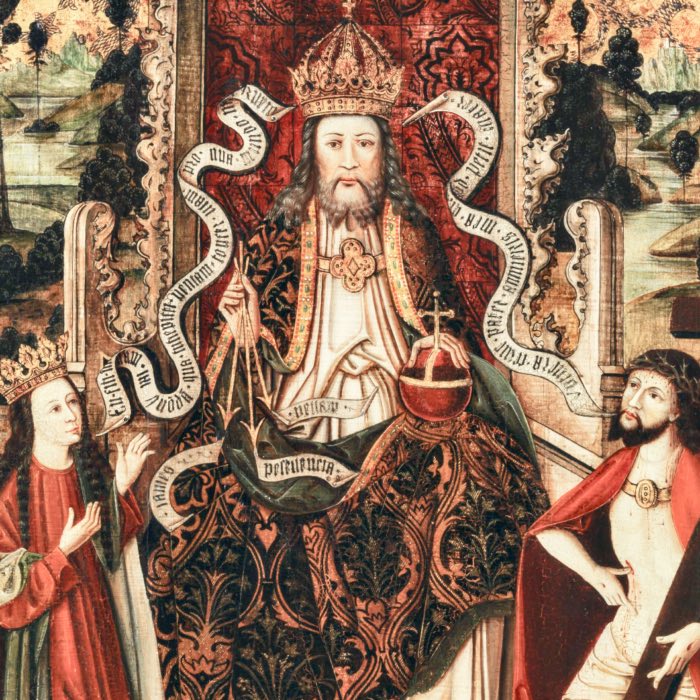
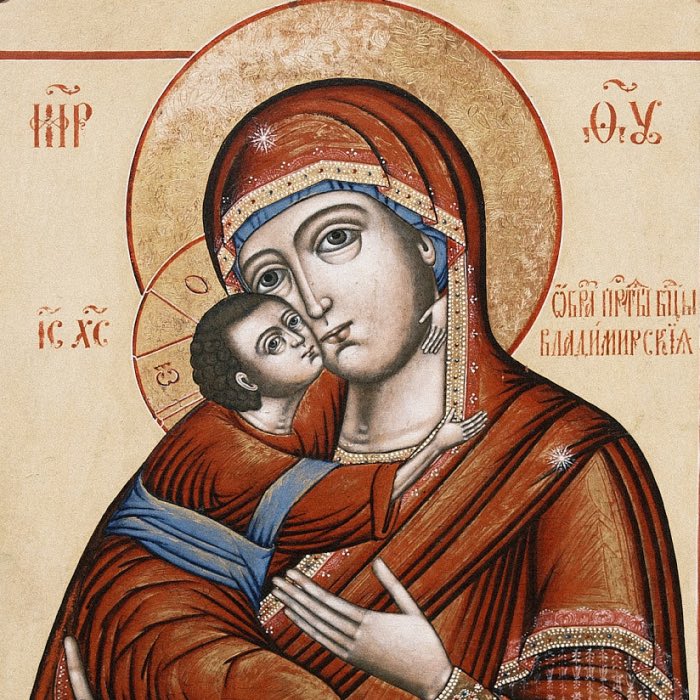
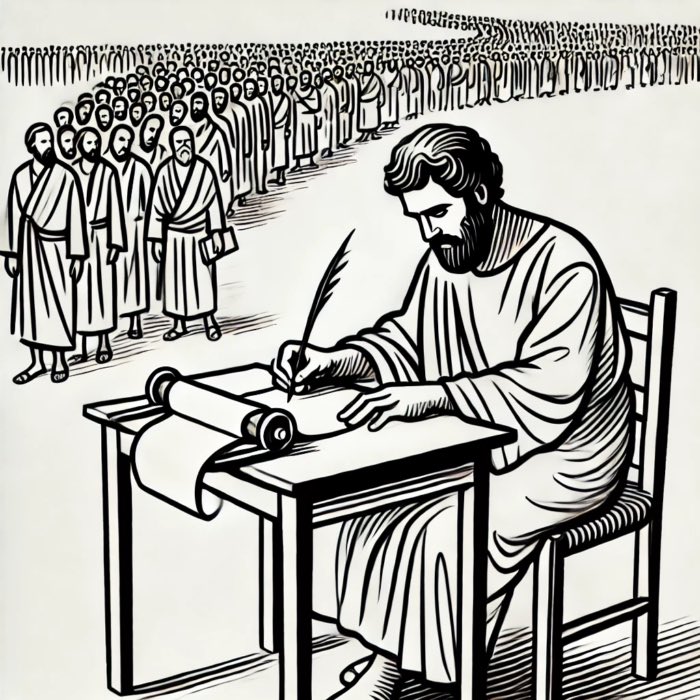
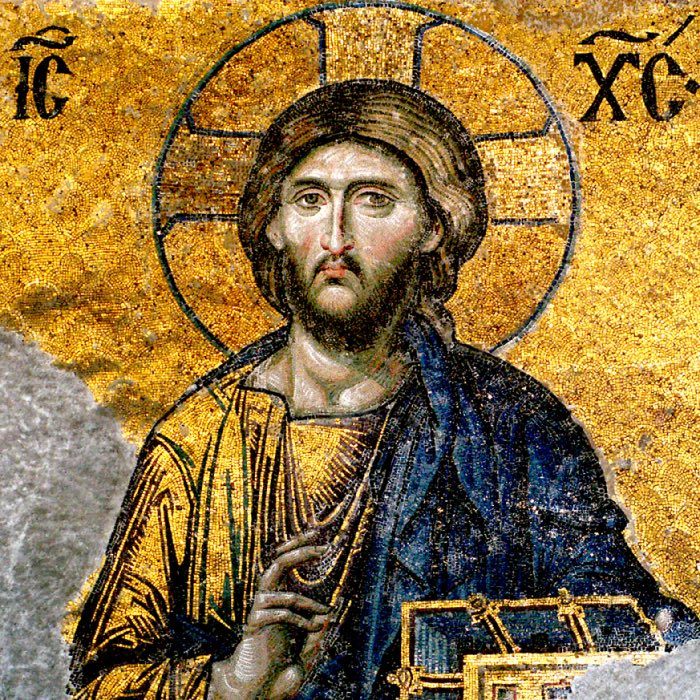
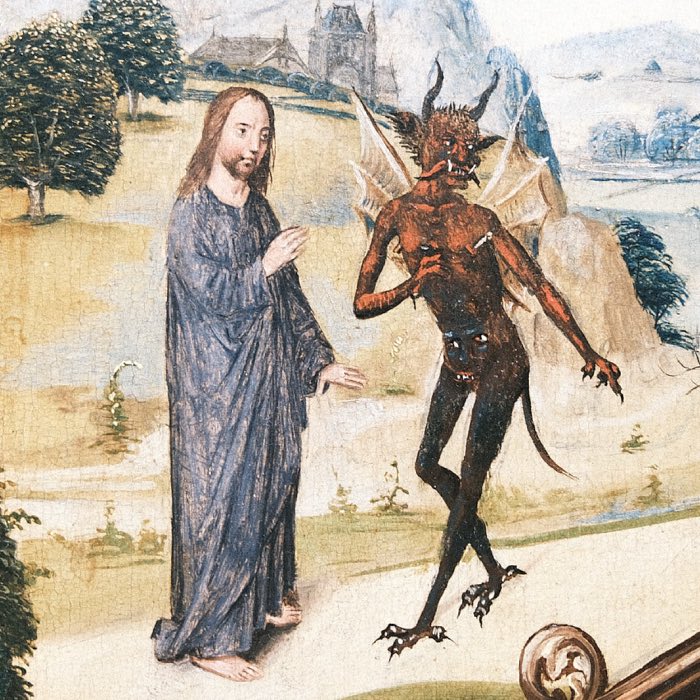
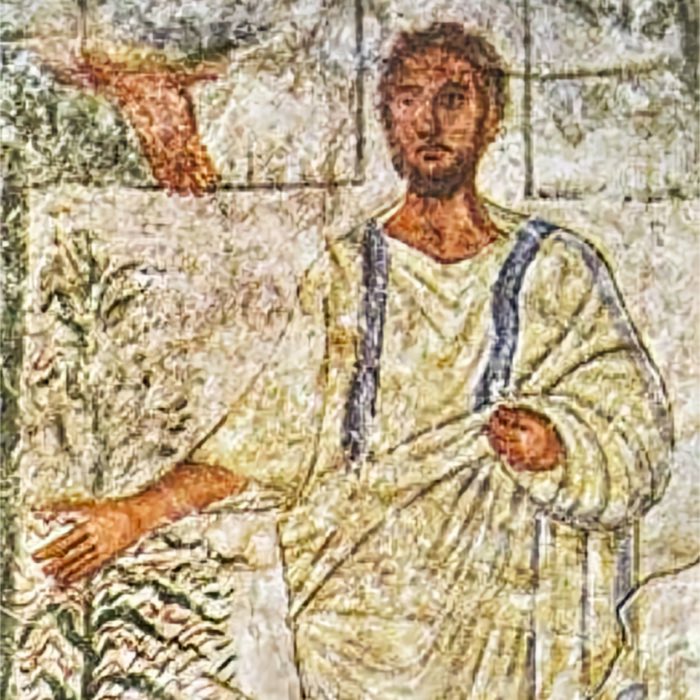
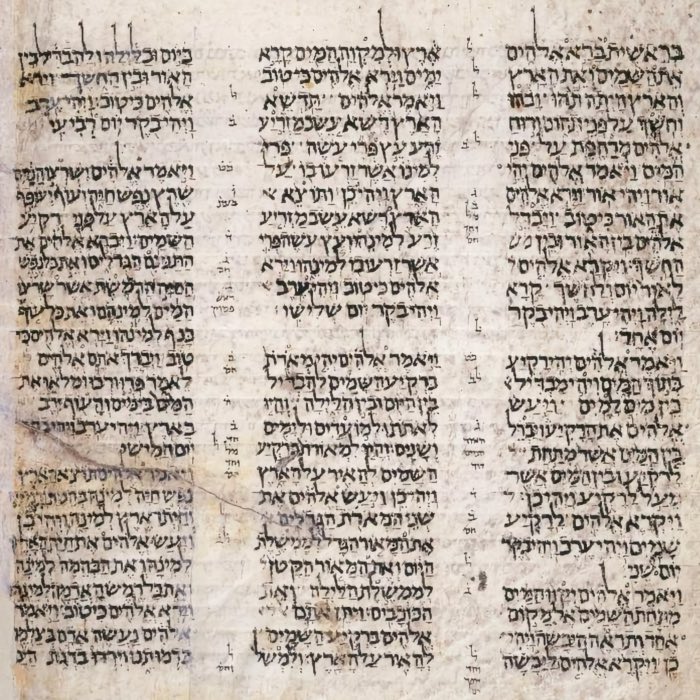
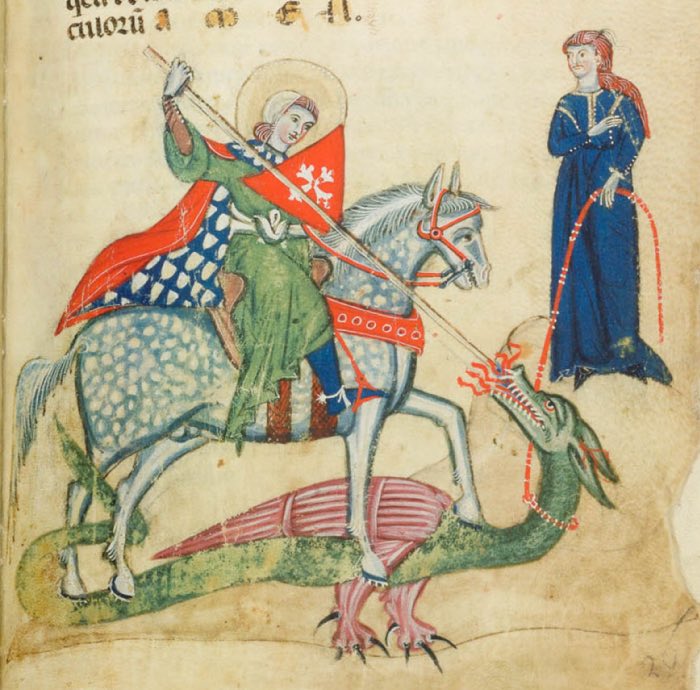
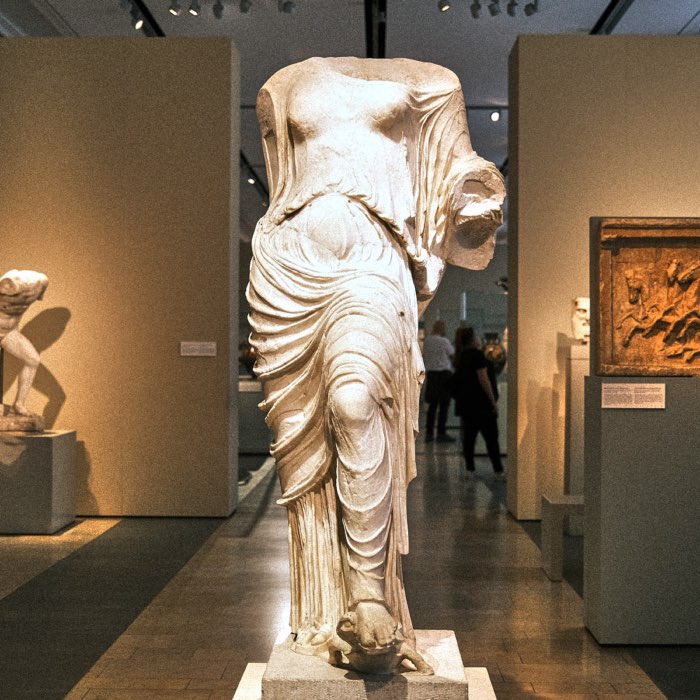
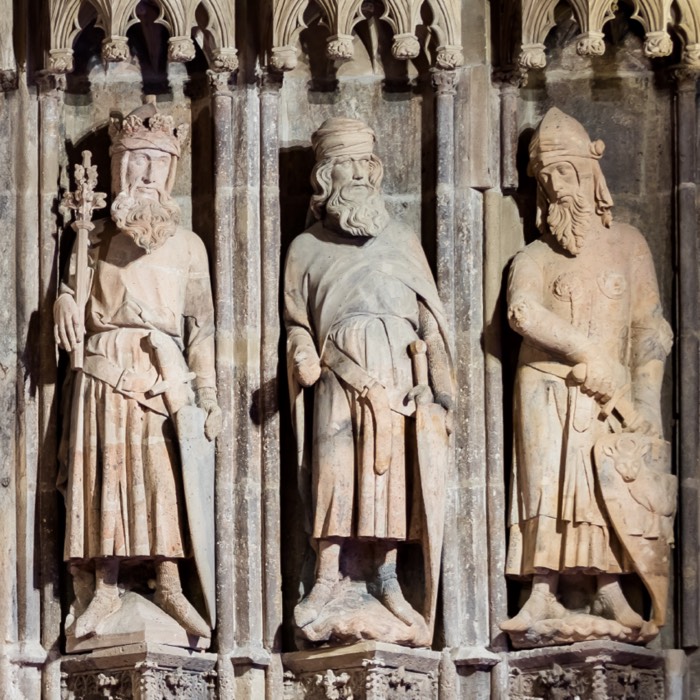


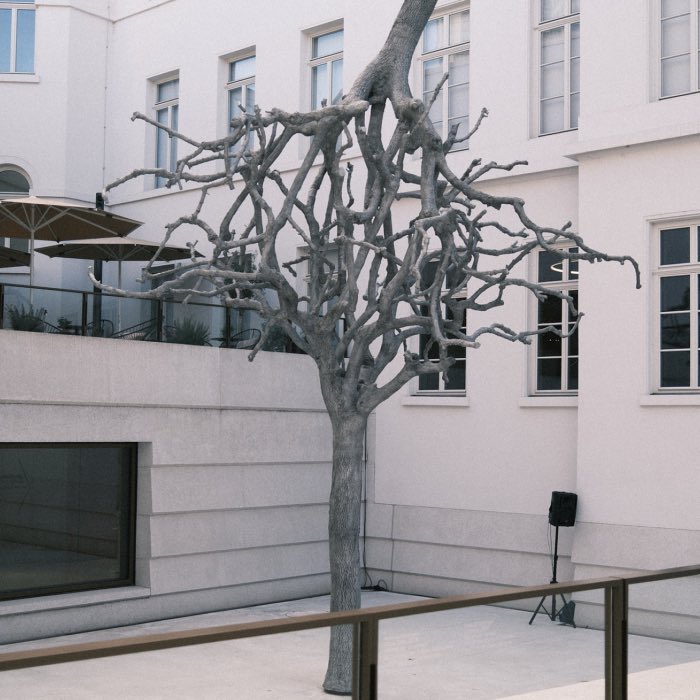

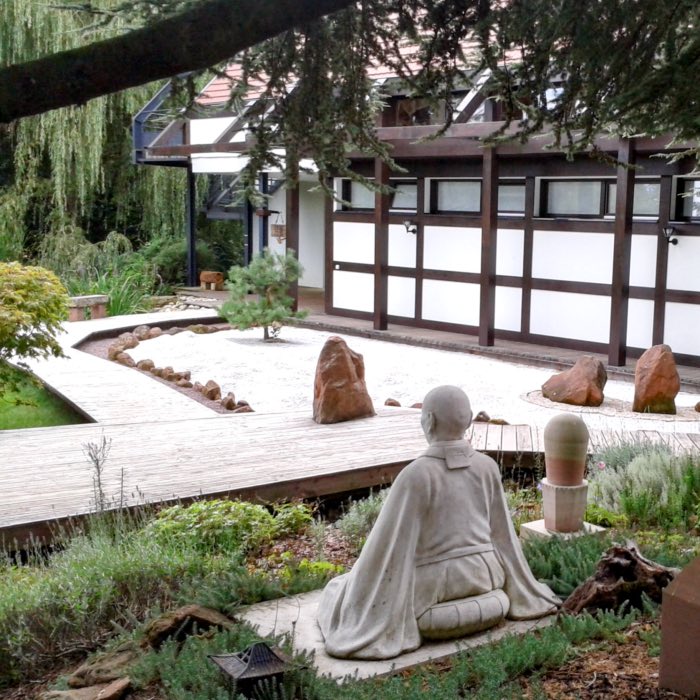
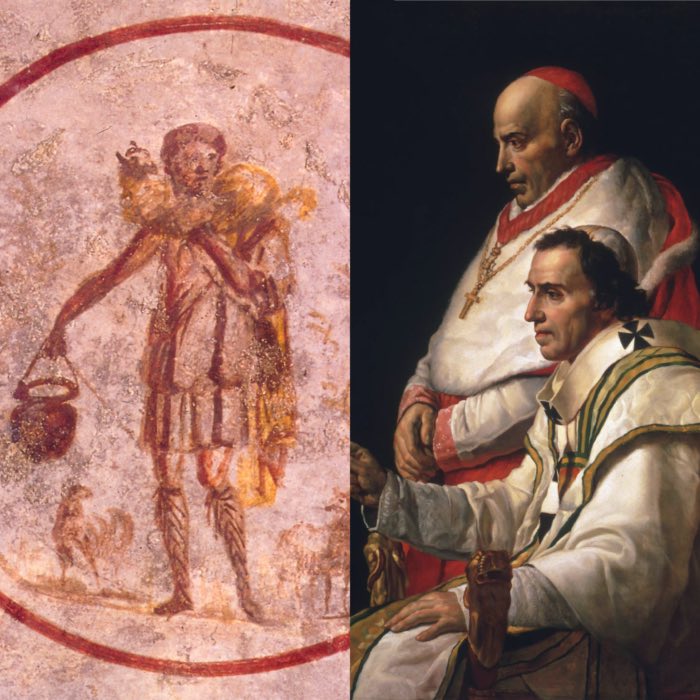
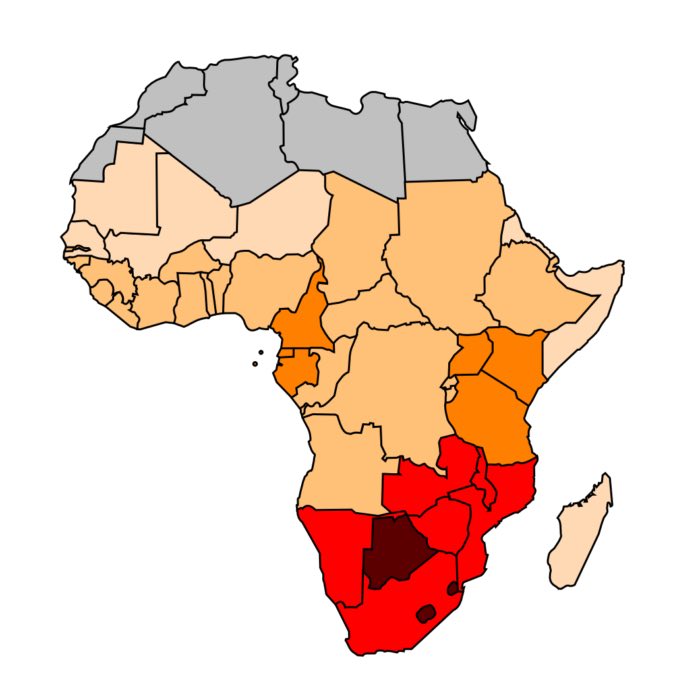
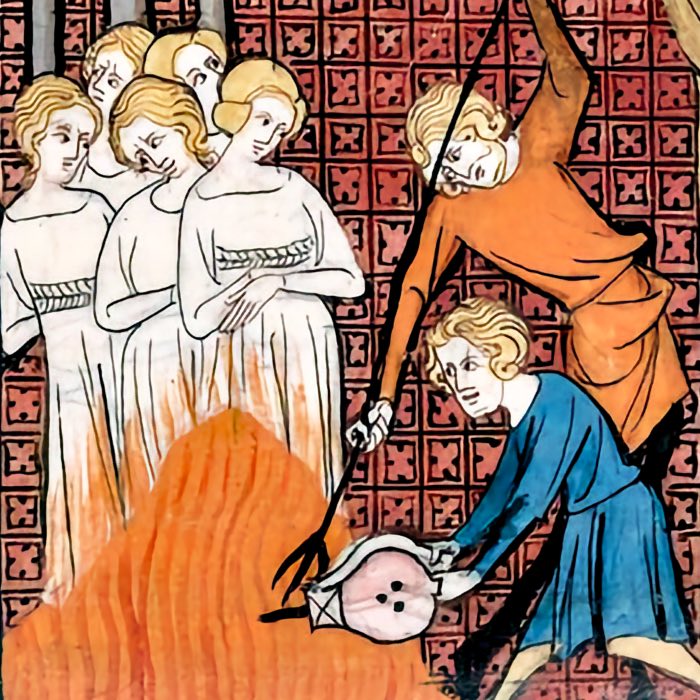
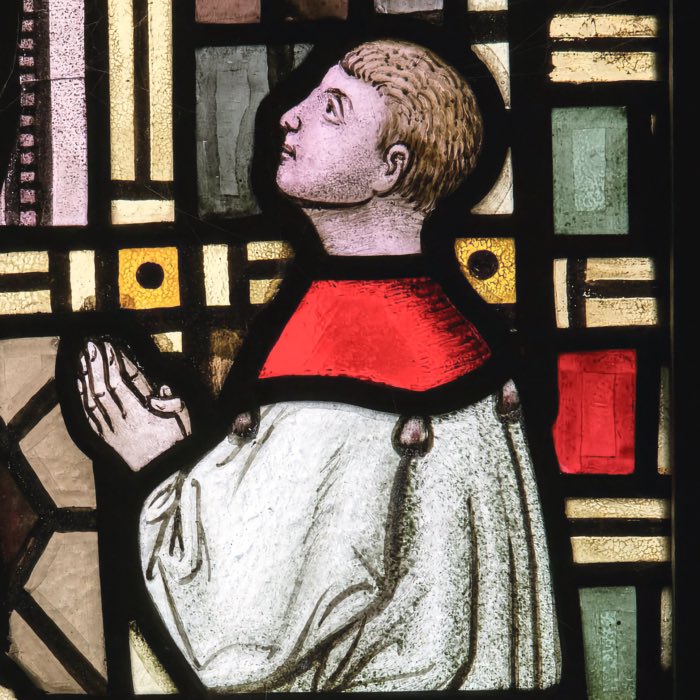
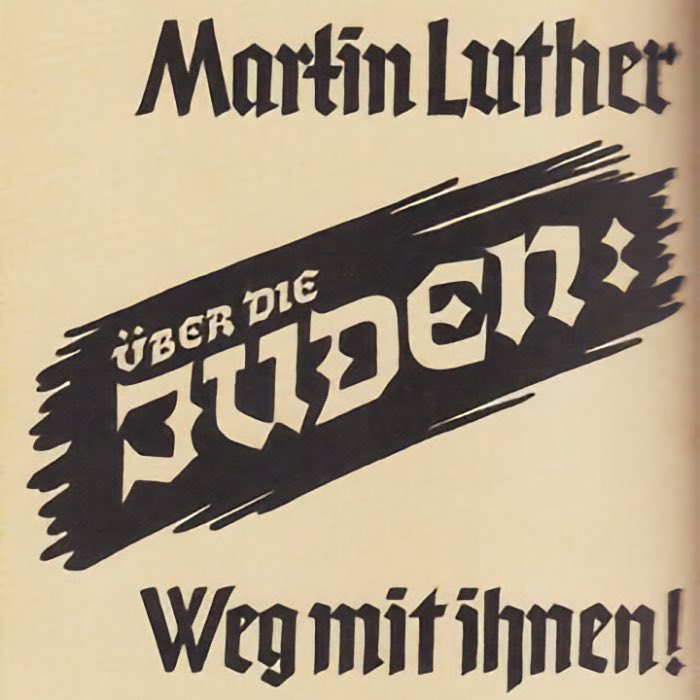
comments